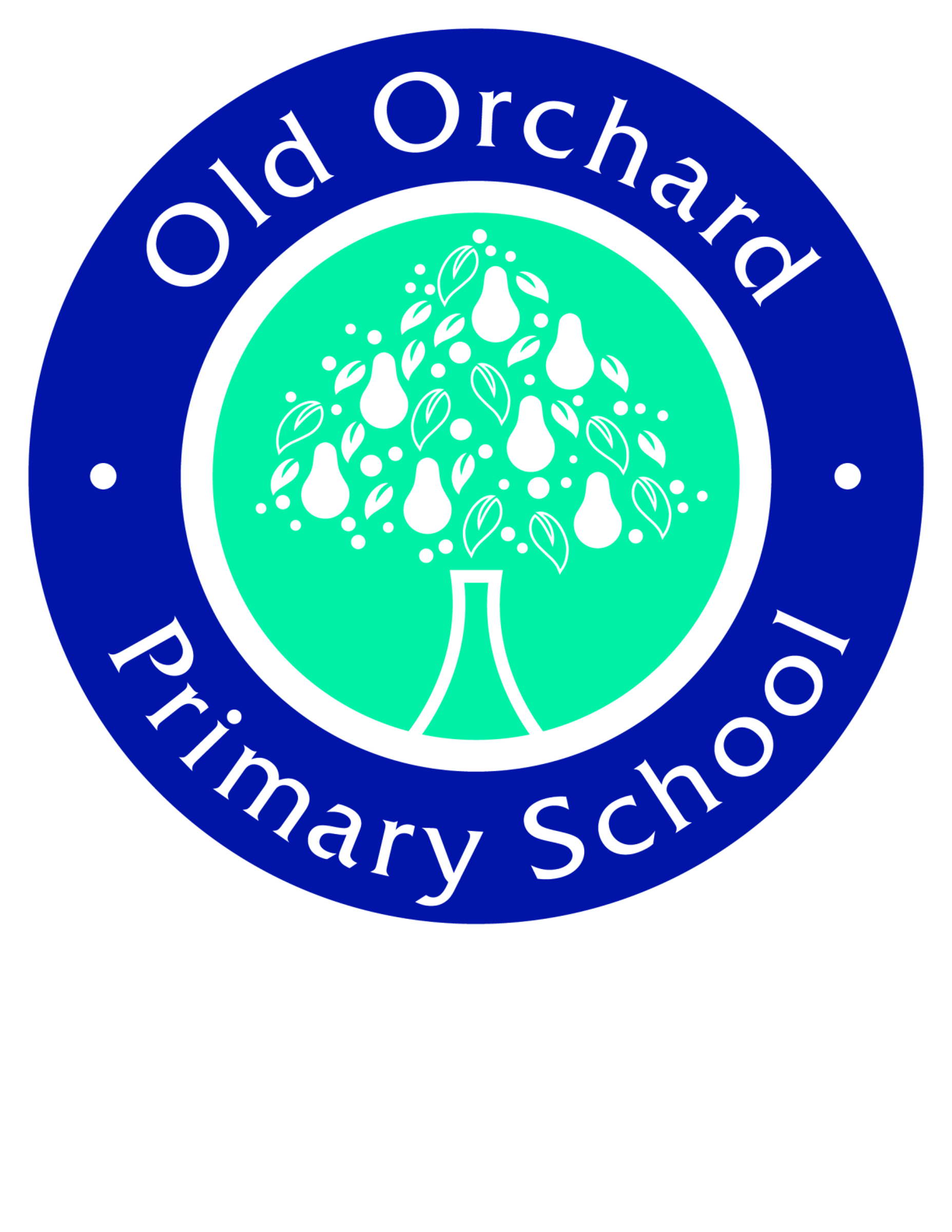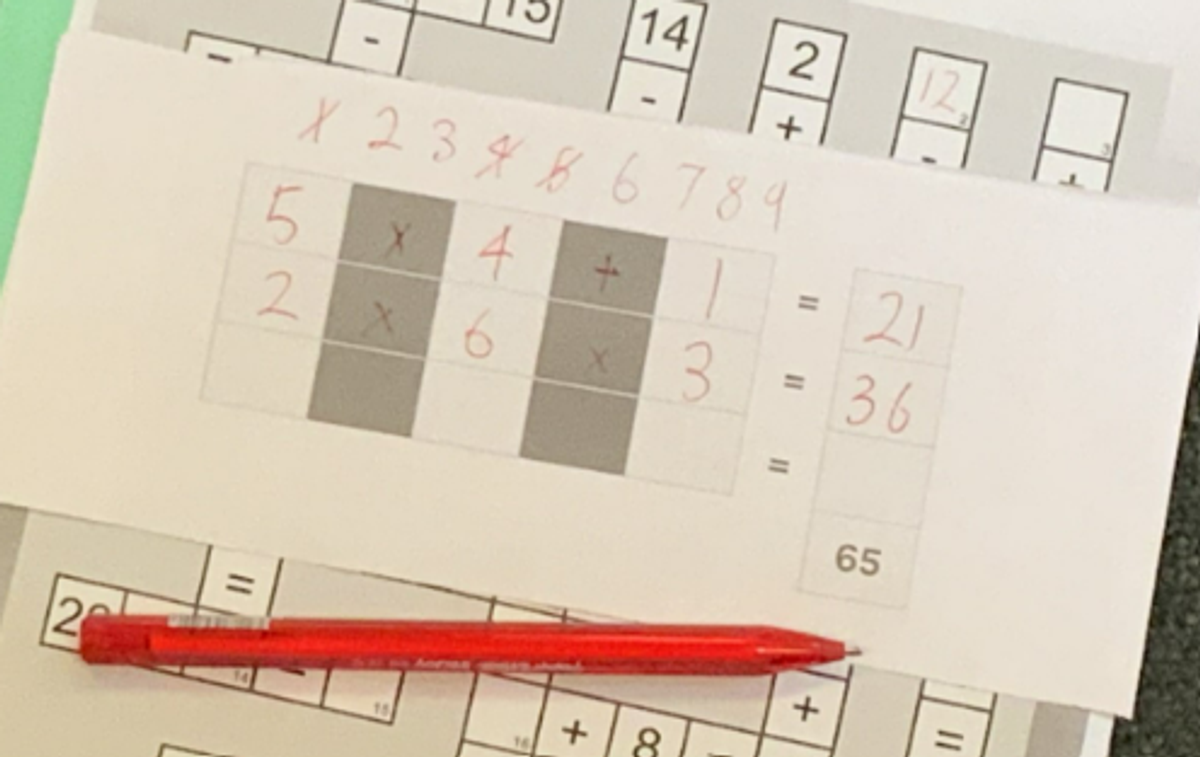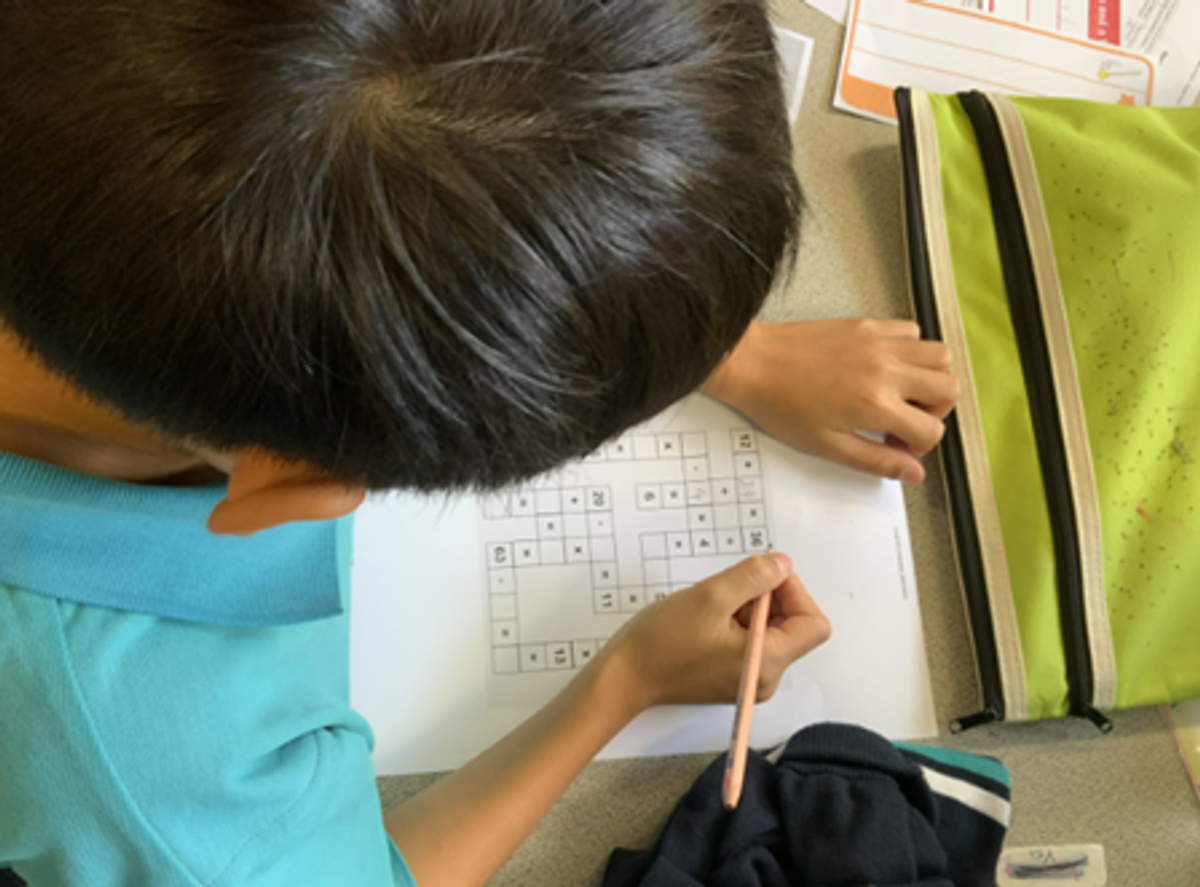Meet The Teacher

Meet the Teacher - Tom Rogers
On Wednesday, I was invited into 6TR to see one of Old Orchards' newest graduates in action. It was wonderful to see in the class how quickly Tom had built a strong rapport with his students. It was clear from the moment I walked into the room that this was a strong learning environment, where students were encouraged to share their thinking, extend their understanding, and respect each other.
For today’s lesson students were developing their understanding of the order of operations – commonly known as BODMAS, PEMDAS or BIDMAS – already you can see why some students find this a difficult, but important concept to grasp.
When a number sentence has more than one type of operation i.e. addition, subtraction, multiplication and/or division, the order of calculation is important.
A common misconception is students simply answering the equation starting from left to right and not using the context of the problem to make sense of their answer or method.
To avoid confusion and to ensure that everyone gets the same result, a set of rules has been developed:
- First, work out calculations in brackets.
- Second, calculate any multiplication or division (left to right)
- Third, calculate any addition or subtraction (left to right)
This lesson, for the rest of the students focussed on problem-solving. In Years 3–6, students solve problems when they use mathematics to represent unfamiliar or meaningful situations and plan their approaches. Students were left to collaborate with their peers and further develop their mathematical ability through an order of operations problem. It was wonderful to see students apply their understanding, discuss possible approaches with their peers, and tackle the problems they faced together in order to develop their understanding.
In the final section of the lesson, the voice aspect Tom provided students with the opportunity to work together to solve a problem, this allowed him to assess their understanding and ability to problem solve, whilst also allowing students to hear different approaches from their peers. I commend Tom for an exciting and engaging learning experience and thank the students of 6TR for allowing me to sit in on their lesson.
With next week being the last week of term, there will be no Meet the Teacher next week, but I look forward to getting into more classrooms in Term 2.
One of the key aspects of classrooms where every student is challenged to extend their knowledge and understanding is the use of both student conferences and clinics. In Tom’s room, it was fantastic to see his clinic in action; where a group of students who are all working towards the same goal join the teacher at a table or in this case on the floor. In this group, Tom was able to start by going over the previous lesson, with students retrieving their prior knowledge, and discussing the challenges they had, then Tom worked with students to work through their challenges using their prior knowledge of the four operations to extend their knowledge here.
Problem-Solving
The inclusion of the proficiencies of understanding, fluency, problem-solving and reasoning in the Victorian Maths curriculum is to ensure that student learning and student independence are at the centre of the curriculum. The curriculum focuses on developing increasingly sophisticated and refined mathematical understanding, fluency, reasoning, and problem-solving skills.
This lesson, for the rest of the students focussed on problem-solving. In Years 3–6, students solve problems when they use mathematics to represent unfamiliar or meaningful situations and plan their approaches. Students were left to collaborate with their peers and further develop their mathematical ability through an order of operations problem. It was wonderful to see students apply their understanding, discuss possible approaches with their peers, and tackle the problems they faced together in order to develop their understanding.
In the final section of the lesson, the voice aspect Tom provided students with the opportunity to work together to solve a problem, this allowed him to assess their understanding and ability to problem solve, whilst also allowing students to hear different approaches from their peers. I commend Tom for an exciting and engaging learning experience and thank the students of 6TR for allowing me to sit in on their lesson.
With next week being the last week of term, there will be no Meet the Teacher next week, but I look forward to getting into more classrooms in Term 2.



